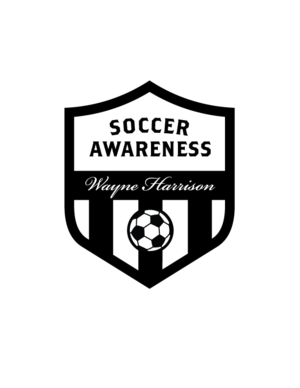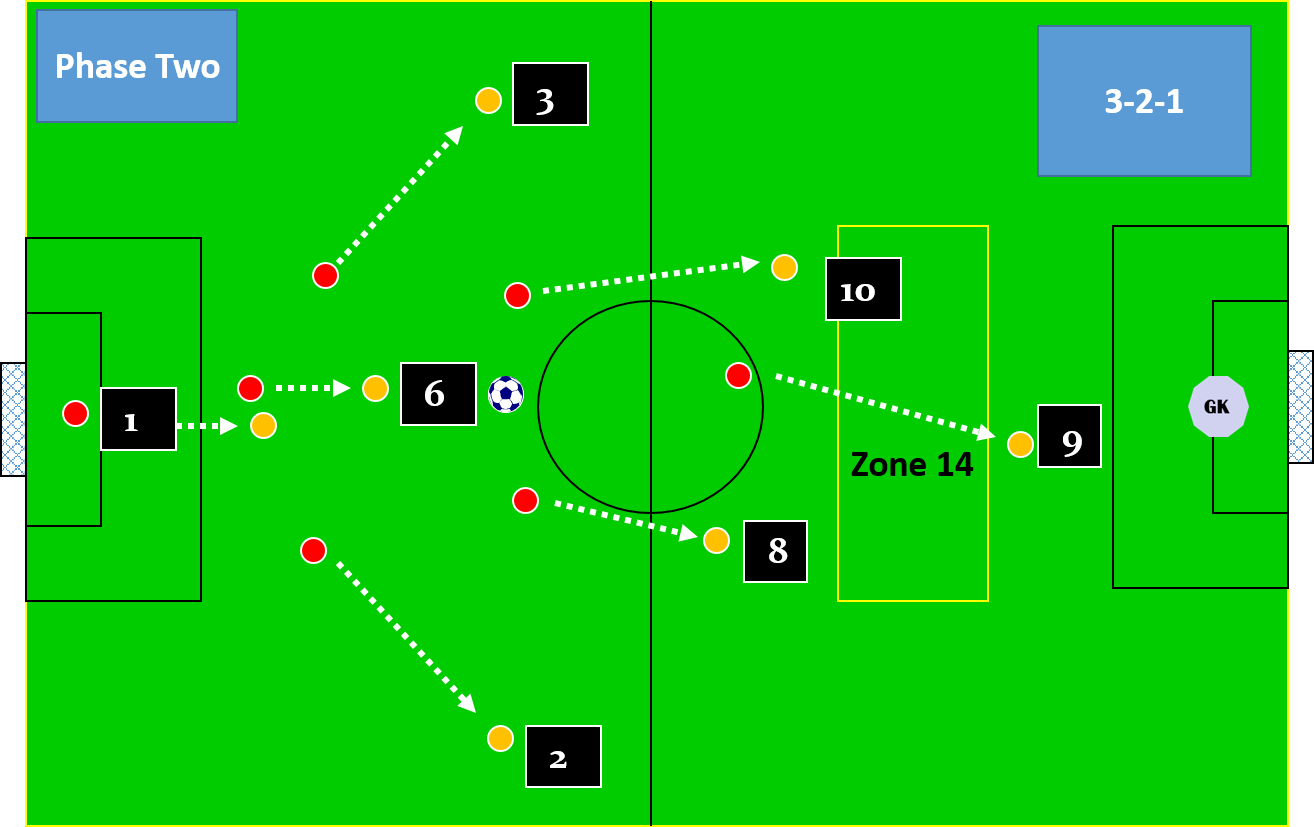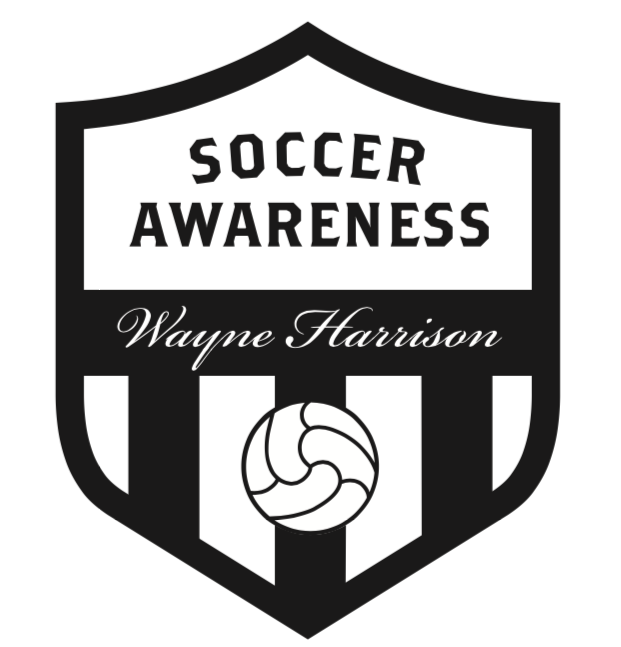The Roles and Responsibilities of Each Player in the 7 v 7
/The following is a preview of Soccer Awareness eBook: Tactical Thoughts on the Development of the New 4 v 4, 7 v 7 and 9 v 9 Game Sizes.
This 407 page eBook shows how these different size games can be taught and also shows different systems of play that might be useful to you. Run with them as you may and of course come up with your own solutions too as that is what coaching is all about. I have introduced the use of RONDOS to initially aid the development of players for the game situation. Click Here to Buy the Book
Here we are looking at players 1, 2, 3, 6, 8, 9 and 10 of the 11 v 11 and we will look at them in this particular formation of 1-3-2-1 but will show other variable formations too.
(2) And (3) can take on the characteristics of (7) and (11) in attack. We want them to get up and down the field as our wide outlets..
(6) Can be compared to center backs (4) and (5) in their roles though in a more attacking minded way in the way I believe we can play. (6) is also playing a more characteristic Number (6) role as in the 11 v 11 team.
(8) Is like a link midfield player and (10) is the shadow striker in behind (9) the central striker.
In this set up the shadow striker has perhaps slightly more defensive duties than the shadow striker in an 11 v 11 due to the lower number of players on the team.
Defensive positioning is more beside (8) than in front of (8) as it would be in the 11 v 11.
(9) Plays the traditional striker role.
Players in Our Defensive 3-2-1 Set Up
Using Cones as reference points for team shape defensively then team shape offensively. This is the team shape start position of a 3-2-1.
Players in Our Attacking 3-2-1 Set Up
Zone 14 is the area between the opponents back players and their midfield.
The Role of the Keeper
With the ball / without the ball
Technical
Tactical
Psychological
Physical
Skill
Technical Qualities: With the ball
Speed and quality of distribution
Pass, kick, without hands and excellent on the floor technique.
Technique of releasing the ball with the feet and hands - distance (short, middle and long) with speed and direction
Tactical: With the ball
Speed - with ball TO START ATTACKS
Positioning - in a position to receive the back pass.
Choice - playing in depth - retaining possession of the ball
Without the ball:
Positioning: depending on where the ball is and who has it
Communication - with their peers and with respect to the opponents
Control of ways to defend - the goal - area (at the sides, in front of the back four and behind the back four)
Psychological:
The “Will” to avoid goals against
Disciplined and responsible
Stable / consistent performances - avoiding risk
A Leader and organizer
Highly Vocal Communication Skills - with defenders (especially) - with the midfielders - with the forwards (Can see the WHOLE FIELD)
Physical Attributes:
Speed over short and middle distances
QUICK Reactions (not anticipation)
Vertical Force - strong jumping ability - to attack the ball AT ITS HIGHEST POINT
Duel - in the air - power in the 1 to 1; so a strong body
Skill:
All about Decision Making and developing the mind of the player. The “Skill Factor: is perhaps THE most important component to develop in a player.
Everything they do relates to this in terms of assessing options and what the right course of action to take both on and off the ball.
Get the rest of this article and more in the Soccer Awareness eBook: Tactical Thoughts on the Development of the New 4 v 4, 7 v 7 and 9 v 9 Game

















